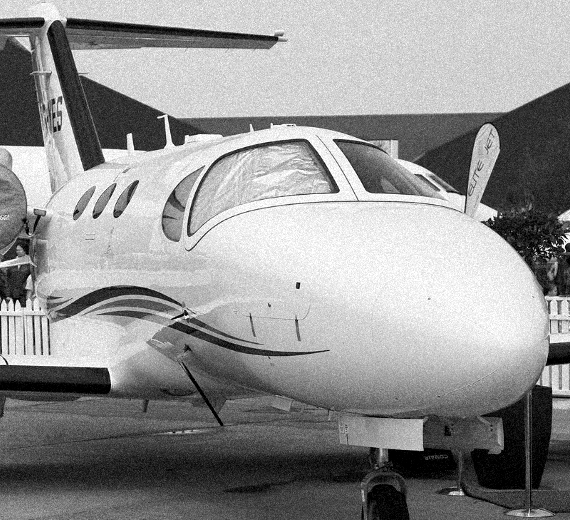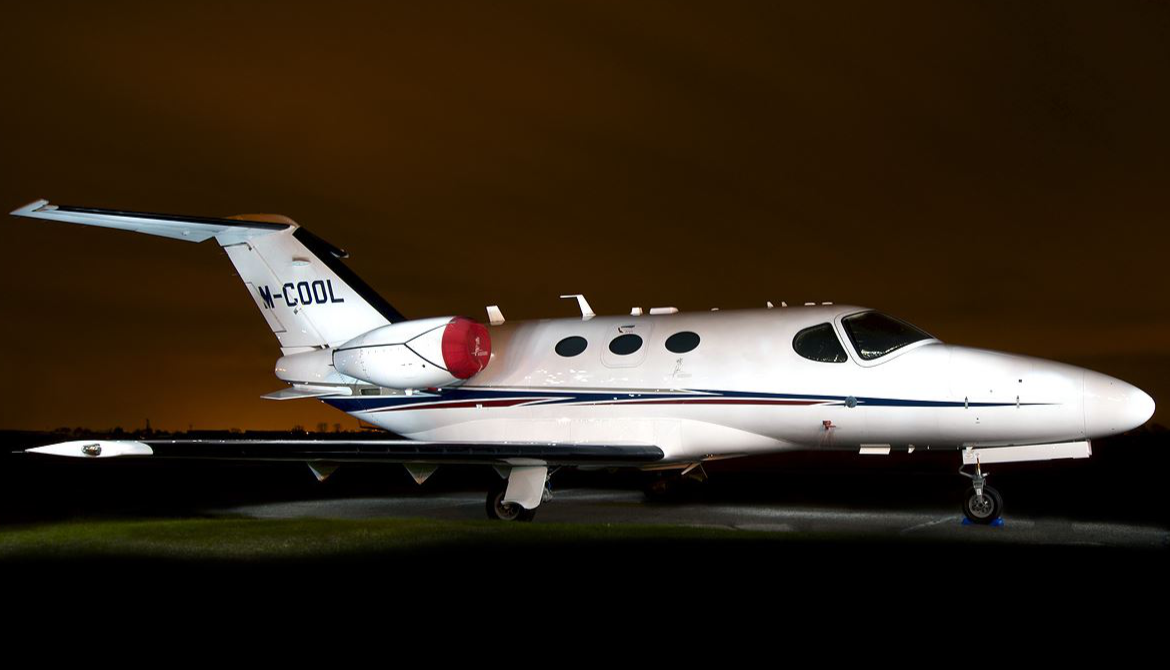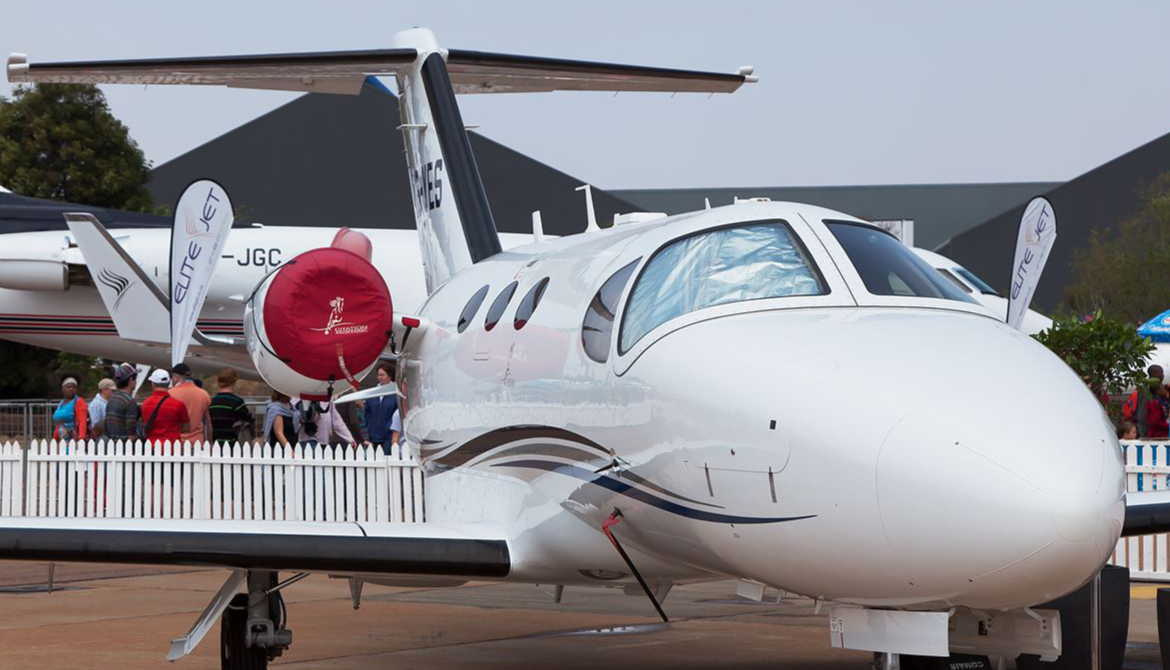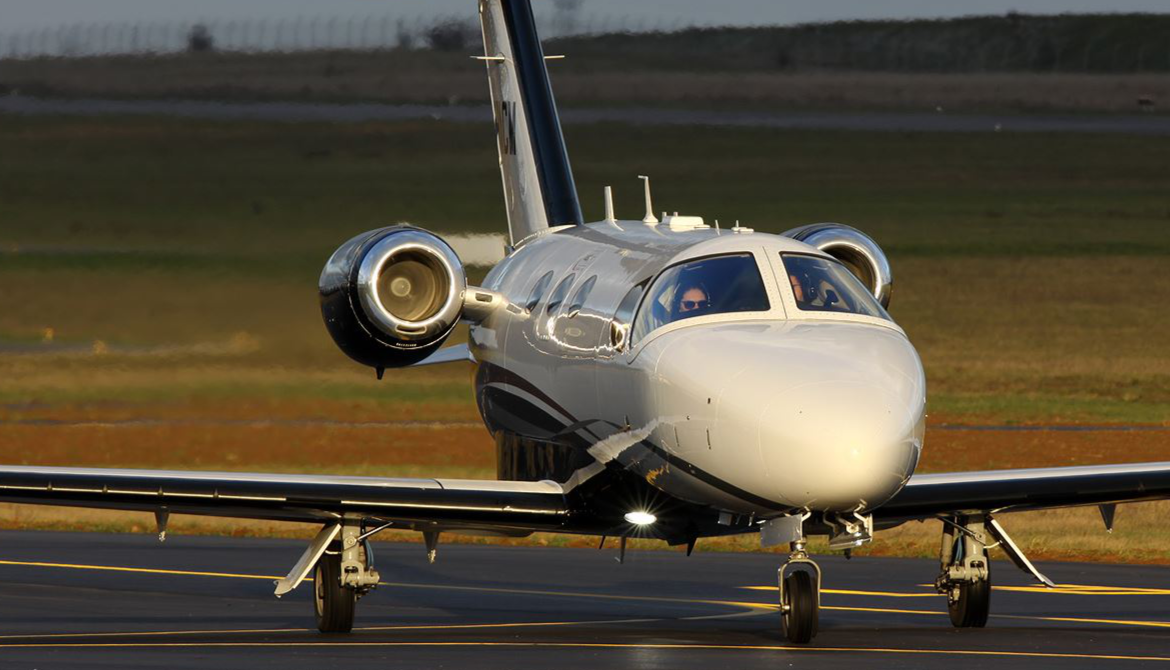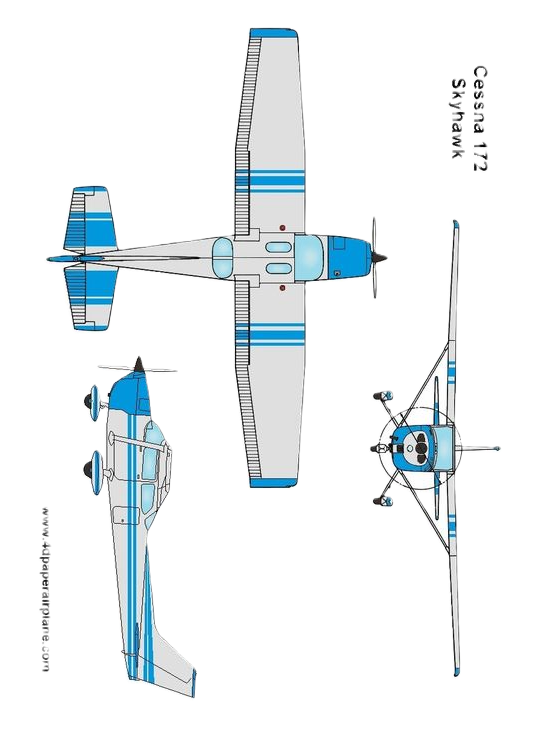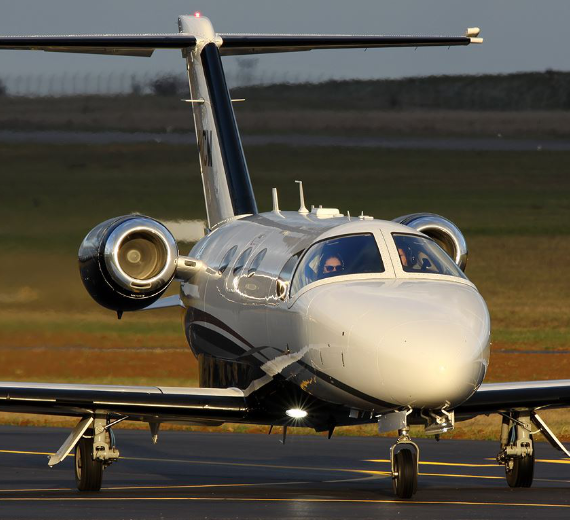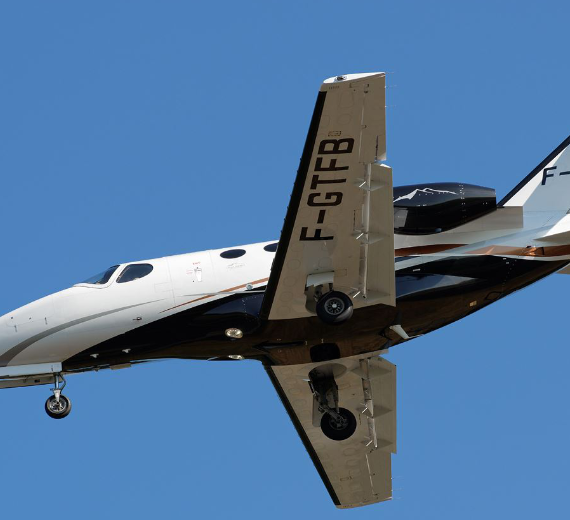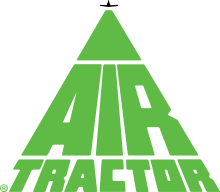Cessna 425,
Corsair and/Conquest I
 |
|
| Cessna 425 Conquest I | |
| Role | Utility monoplane |
|---|---|
| National origin | United States |
| Manufacturer | Cessna |
| First flight | September 12, 1978 |
| Produced | November 1980–1986 |
| Number built | 236 |
| Developed from | Cessna 421 |
.
History Cessna Aircraft Company
Cessna 425,
Corsair and / Conquest I
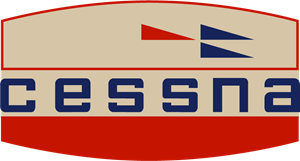
The 425 was introduced as a competitor to the Beechcraft King Air. The 425 was introduced in 1980 and was a derivation of the Cessna 421, powered by two 450 hp (336 kW) Pratt & Whitney PT6 engines. In comparison to the King Air C90, "the result was an $875,000 pressurized twin-turboprop that could fly 15 knots to 20 knots faster than the C90, cruise 250 miles farther with four passengers aboard and burn 15-percent less fuel ... it also costs $200,000 less to buy.
The Cessna 425, known as the Corsair and later as the Conquest I, is an eight-seat American pressurized turboprop twin-engined light aircraft. Now out of production, it was built by Cessna Aircraft of Wichita, Kansas, between 1980 and 1986..
Design

The 425 was very easy to fly and was noted by reviewers for its spacious cabin with large windows for good visibility and comfortable seats.
The original Corsair was developed into the Conquest I by customer demand for more cabin space and a higher maximum takeoff weight. Cessna worked on upgrades that would allow more cabin space and passengers. Essentially, the upgrades increased maximum takeoff weight. The Cessna 441 had previously been called the Conquest but was renamed the Conquest II. Earlier model Corsairs can be upgraded to the Conquest I standard with factory-provided modification kits.
Due to economic conditions in general aviation, sales decreased in the mid-1980s, and production of the 425 ended in 1986
0
KmCeiling
0
KmCombat RANGE
0
Km/hAircraft Speed
0
Max Crew
Photo Gallery
Cessna Aircraft Company
Cessna 425,
Corsair and / Conquest I


Cessna Aircraft Company
Cessna 425,
Corsair and / Conquest I
General Info
-
-
- Crew: one
- Capacity: three passengers
- Length: 27 ft 2 in (8.28 m)
- Wingspan: 36 ft 1 in (11.00 m)
- Height: 8 ft 11 in (2.72 m)
- Wing area: 174 sq ft (16.2 m2)
-
Powerplant
-
-
- Empty weight: (767 kg)
- Gross weight: (1,111 kg)
- Fuel capacity: (212 litres)
- Powerplant: 1 × Lycoming IO-360-L2A four cylinder, horizontally opposed aircraft engine, 160 hp (120 kW)
- Propellers: 2-bladed metal, fixed pitch
-
Performance
- Cruise speed: 226 km/h
- Stall speed: (54 mph, 87 km/h) (power off, flaps down)
- Never exceed speed: 302 km/h) (IAS)
- Range: 696 nmi (801 mi, 1,289 km) with 45 minute reserve, 55% power, at 12,000 feet (3,700 m)
- Service ceiling:(4,100 m)
- Rate of climb: 721 ft/min
Related development
.
Links to Youtube & Others
Cessna ended production of the design in May 2017 due to lack of customer demand for the aircraft as a result of competition from the company's own Cessna Citation M2.
Cessna 425
Corsair and / Conquest I
Development of the type continue and in 1935 the Bf 108B appeared with the fin and rudder having undergone modifications.
Youtube Link
Conceived as a competitive aircraft the Bf 108 would take part in the 1936 Berlin Olympics.
